We are exposed to harmful chemicals every day - in products we use as well as in air, water, food, homes, and at work and school.
Toxic chemical exposures can harm health and fertility. Pregnant people, developing fetuses, children, and teens are especially vulnerable and even small amounts of chemical exposures can lead to disease later in life or in future generations.
Protect your and your family's health by learning what you can do to:
Prevent exposure at home
Prevent exposure in your community
Prevent exposure at work
Make the government work for you
Prevent Toxic Chemical Exposures at Home
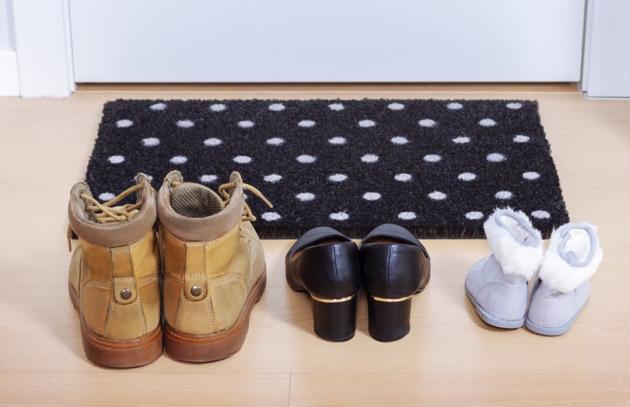
Leave your shoes at the door.
In addition to taking off your shoes, use a doormat to reduce dust. Shoes can carry toxic chemicals into your home.
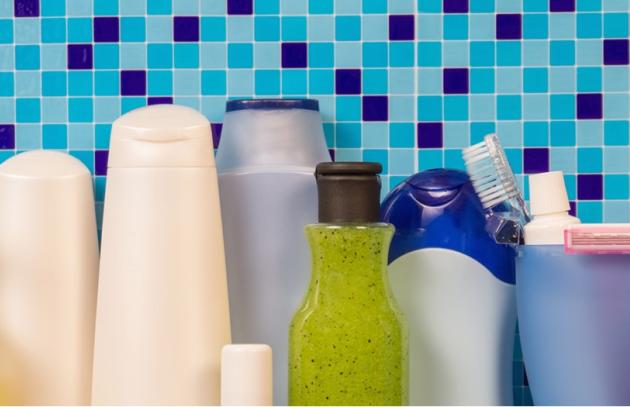
Use non-toxic personal care products.
Many products have ingredients that can harm reproductive health. Avoid products with “fragrance,” “parabens,” and “oxybenzone.” Check EWG’s Skin Deep Cosmetics Database for information about specific products.
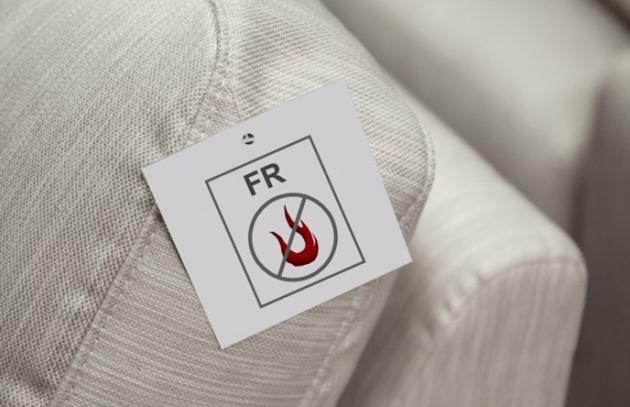
Buy products without flame retardants.
Select foam products, such as mattresses and upholstered furniture, that have a label that says “flame retardant free” or “compliant with TB-117-2013.” Flame retardants can harm health and affect a child’s brain.
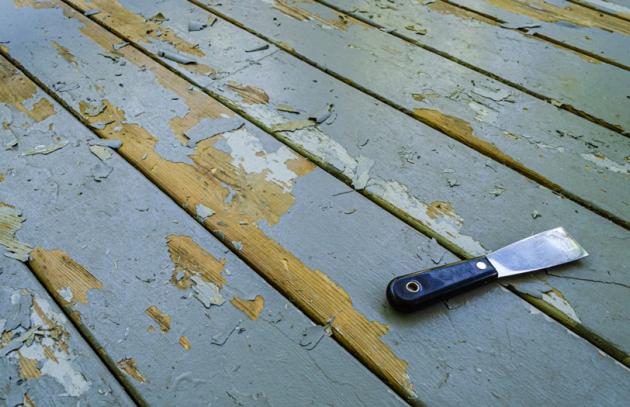
Beware of lead paint.
Any home built before 1978 may have lead paint. Cover any lead paint with fresh paint, wallpaper or tiles. Keep children away from chipping paint and soil around your home. Never sand or remove lead paint yourself; hire a contractor who is certified in lead abatement. For more, contact the National Lead Information Center at 1-800-424-LEAD or check their website.
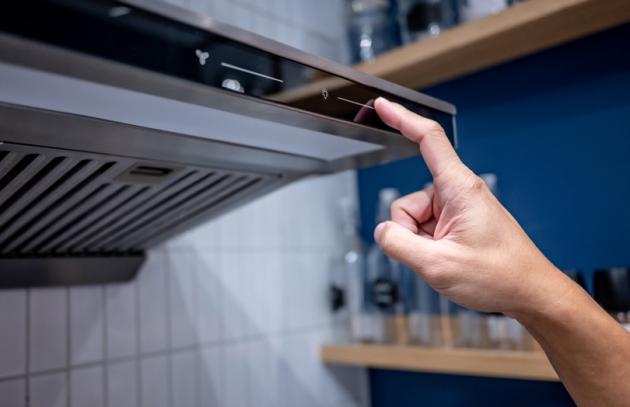
Use the stove fan when cooking.
Cooking releases toxic chemicals in your indoor air. Using the stove fan helps to remove them and preserve indoor air quality.

Avoid scented products.
Limit use of air fresheners, candles, oil lamps and wood fires as they impact air quality in your home. Don’t burn incense indoors.
Cleaning
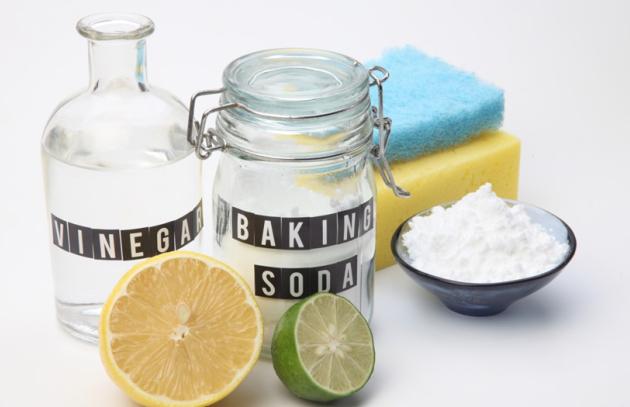
Clean with non-toxic products.
Choose cleaning products labeled 'fragrance-free.' Or clean with vinegar and baking soda which avoids harmful chemicals and saves money. For cleaning resources, see information on Safe Cleaning Products from Women's Voices for for the Earth.
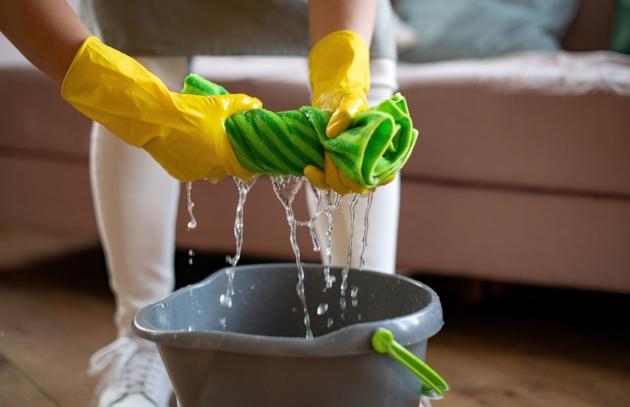
Use a wet mop to clean.
Dust can contain harmful chemicals. Using a wet mop or rag minimizes dust in the air. Microfiber mops or cloths can also be useful for capturing dust, although they can shed microplastics. Use water to clean rather than synthetic sprays or wipes.
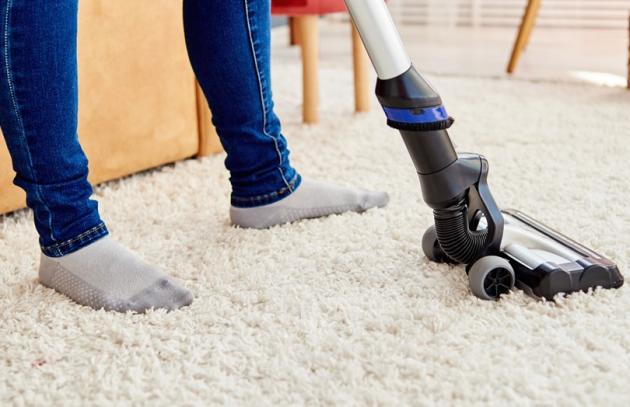
Vacuum regularly.
Make sure your vacuum has a HEPA filter to capture dust rather than blowing it around your home.
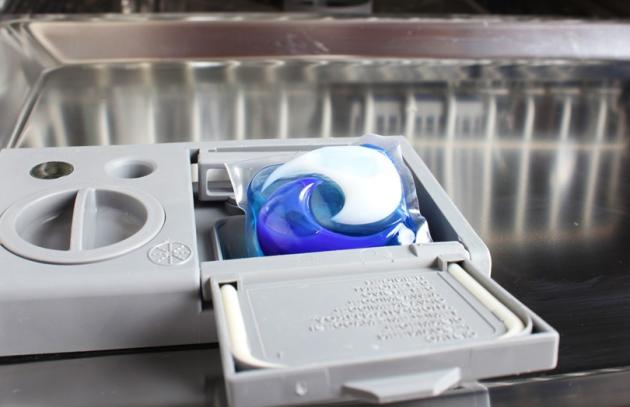
Don’t buy dishwasher pods.
Plastic-covered pods shed microplastics which pollute food and water. Powder detergent works well and reduces use of plastic packaging.
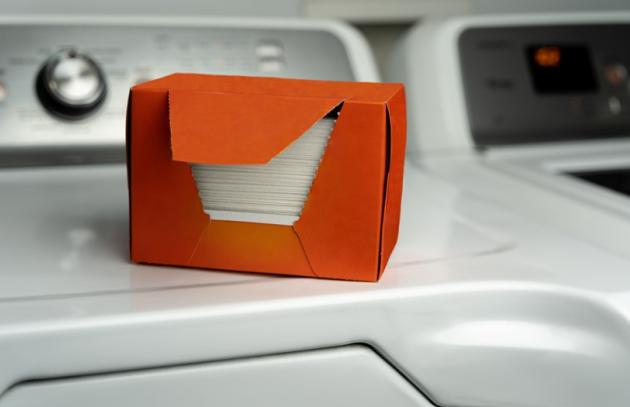
Don’t use dryer sheets.
They contain harmful chemicals. Wool dryer balls can be used or save money and use nothing at all.
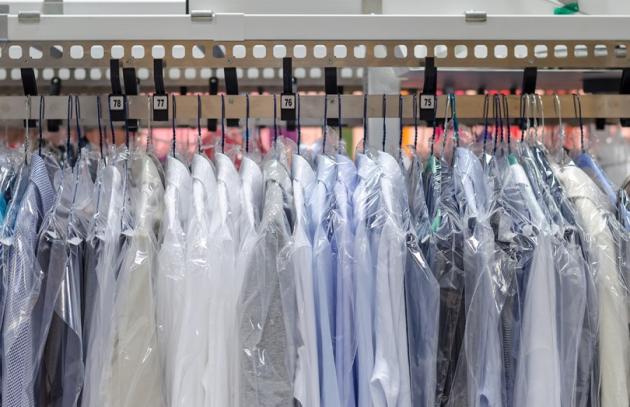
Avoid dry cleaning your clothes.
Dry cleaners use chemicals that can harm fetal and child development. Hand wash or ask your dry cleaner to “wet clean” instead. If you need to dry clean your clothes, air them out afterwards in a well-ventilated area.
Breathing
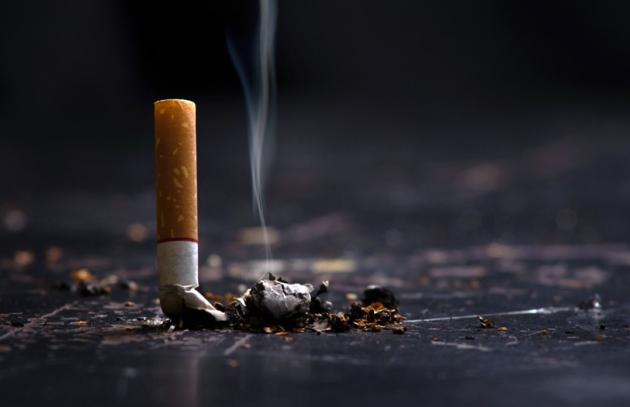
Don’t smoke.
Second-hand smoke is harmful to everyone in the home, especially children and pregnant people.

Test for radon.
Radon is a gas that can cause lung cancer. Learn how to get Radon test kits here.
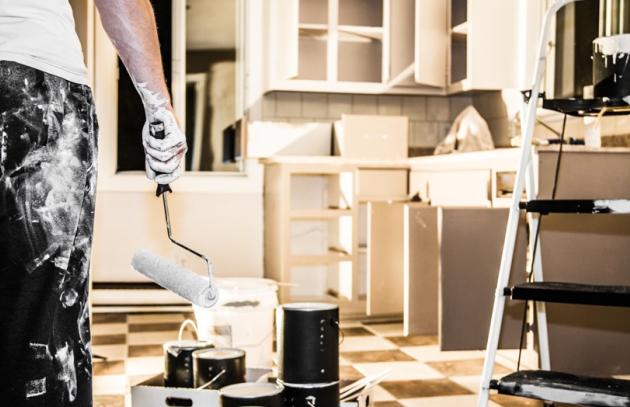
Choose paint, glues and flooring that are VOC-free and water-based.
If you are pregnant, don’t work on remodeling projects and stay away from recently remodeled rooms. Materials that are not VOC-free or water-based can release toxic chemicals long after they are used.
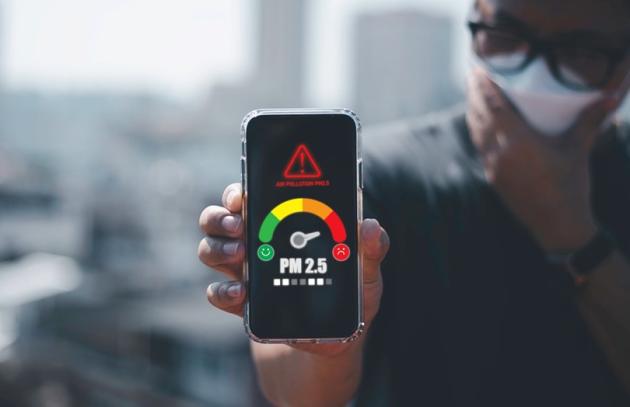
Check air quality alerts regularly.
Avoid outdoor activities on bad air days. Visit AirNow to check the Air Quality Index (AQI) where you live.

Ventilate your home when air quality is good.
When the Air Quality Index (AQI) is good, open your windows and doors to improve your indoor air.
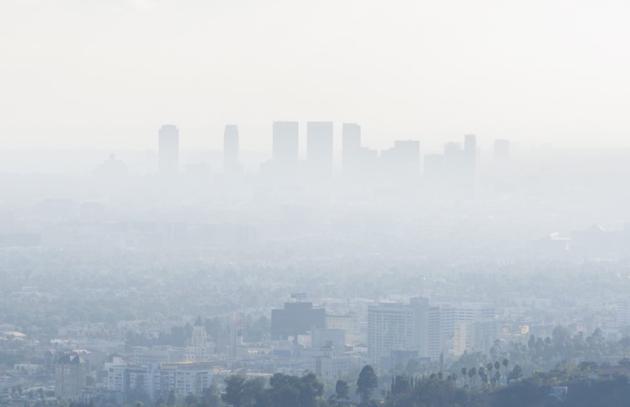
Keep air pollution out when air quality is bad.
When the Air Quality Index (AQI) is bad, keep windows closed. If you have a Heating Ventilation and Air Conditioning (HVAC) system, use MERV13 or higher-rated air filters and replace every 3 months. If not, use portable HEPA air filters or make a DIY air filter.
Avoid Toxics in Food
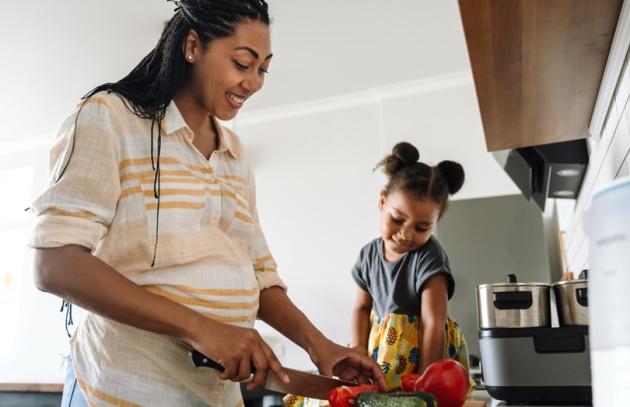
Eat homemade food whenever possible.
Takeout food is typically put in packaging that can leach harmful chemicals into your food.
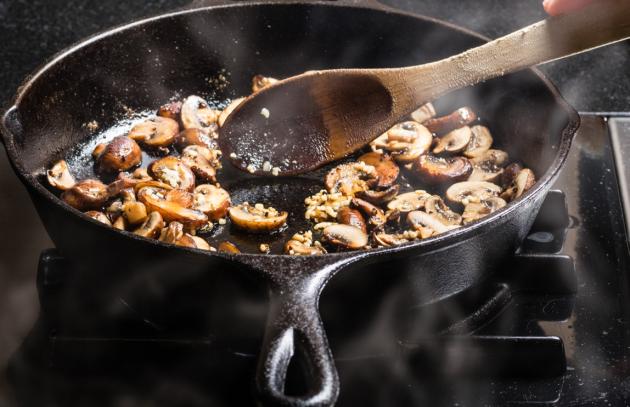
Cook with cast iron or stainless steel.
Nonstick cookwear is made with PFAS, which can be absorbed into the food.
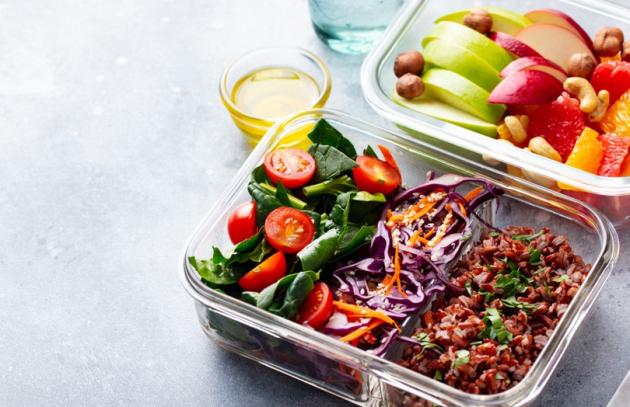
Avoid plastic food packaging.
Never microwave in plastic, even when directions say to do so. Transfer food to a glass or ceramic dish before microwaving. Store leftovers in glass containers and avoid plastic cling wrap.
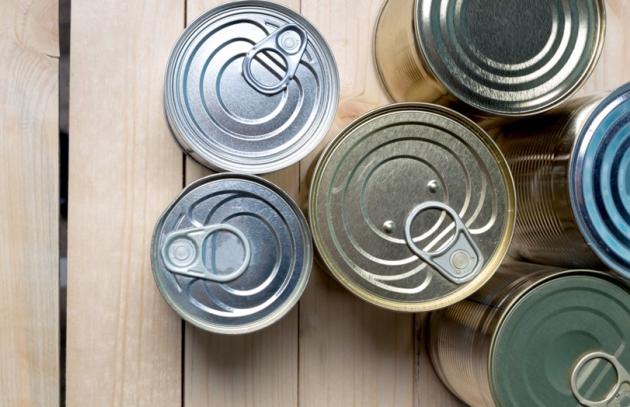
Avoid canned food and beverages.
This reduces exposure to BPA, a toxic substance used in the lining of most cans.
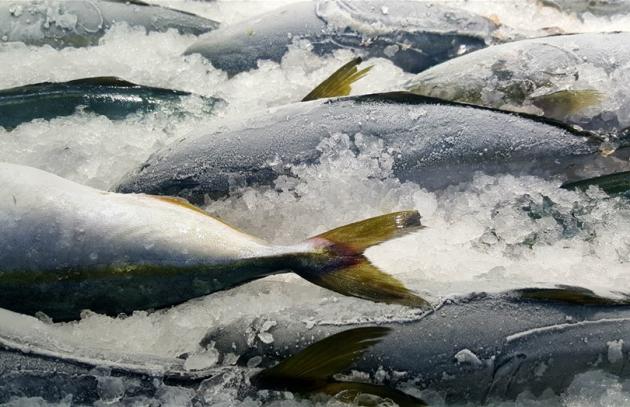
Consider the types of fish you eat.
Limit intake of fish high in mercury, like tuna and swordfish, and don’t eat fish from polluted lakes or streams. Check your local fish advisory before eating fish you catch. The FDA provides updates and information about seafood safety for consumers on their Seafood guidance.
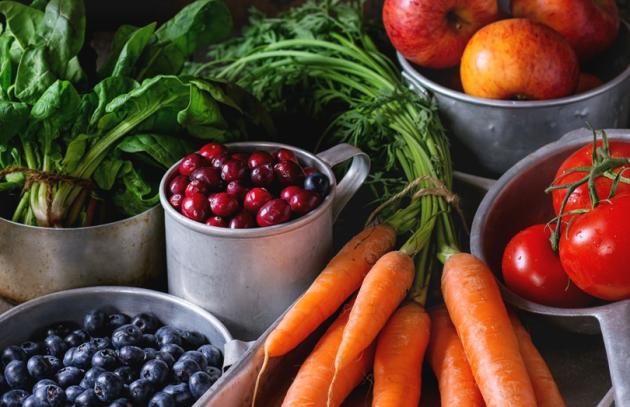
Purchase organic when possible.
Wash your produce before preparing and eating it to reduce exposure to pesticides. If you're not able to purchase organic, limit intake of fruits and vegetables that retain high pesticide levels even after washing, such as strawberries and spinach. See Pesticide Action Network's What's On My Food? webpage for more information.
Avoid Plastics
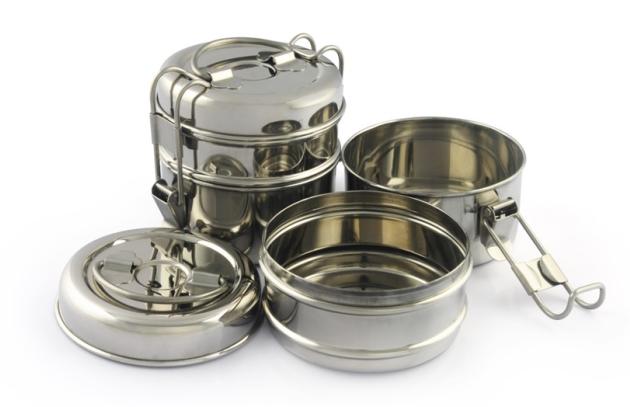
Choose glass, stainless steel or ceramic to store food.
This is especially important when storing hot food and drinks. Don’t use plastic containers as heat makes plastic release harmful chemicals like BPA, phthalates and vinyl chloride.
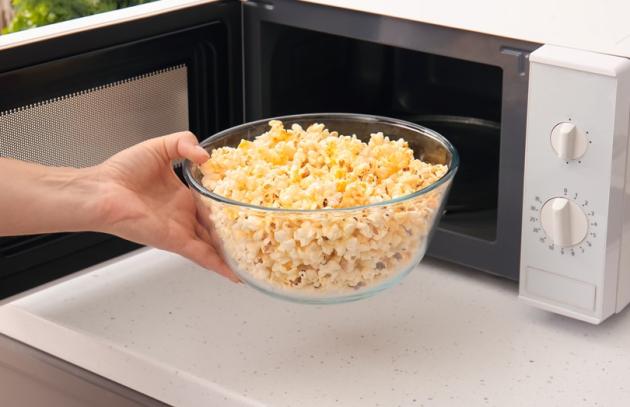
Never microwave in plastic.
Heat releases harmful chemicals from plastic.
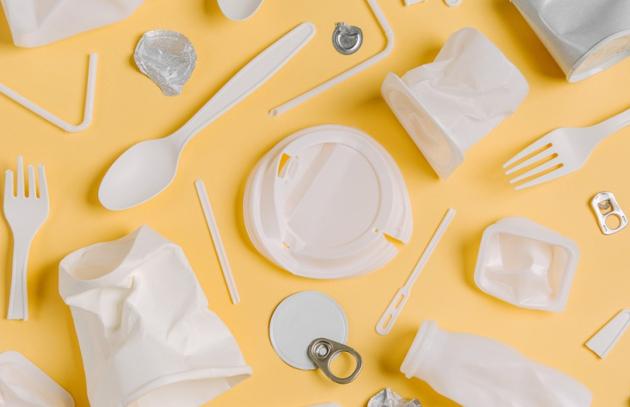
Avoid single-use and soft plastics.
Most plastics are not recycled or recyclable. When plastics are recycled, they are typically burned, emitting harmful toxins in the air. Also avoid purchasing products made with soft PVC and vinyl, such as plastic toys.
Don't Spray Bugs
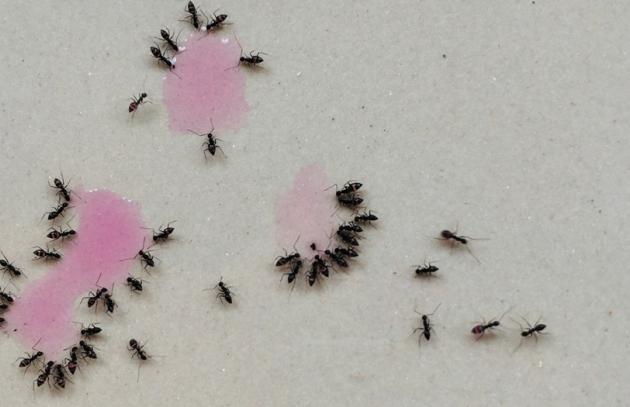
Keep pests out without pesticides.
Clean up crumbs and spills promptly and store food in tightly closed containers to keep insects and rodents out of your home without relying on pesticides.
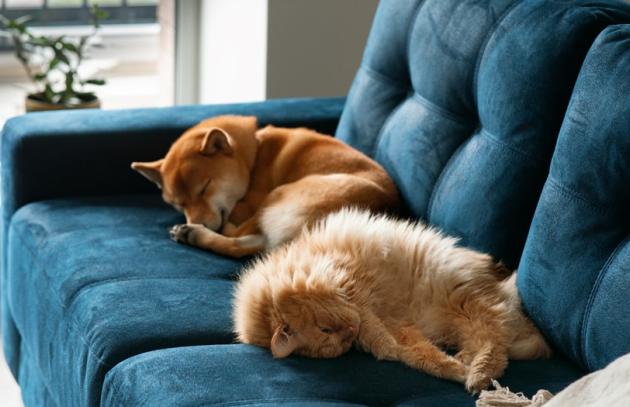
Control fleas without chemicals.
Wash pet bedding frequently and don't use chemical tick-and-flea collars or flea baths on your pet and wash pet bedding frequently. See NRDC's article on Nontoxic Ways to Protect Your Pet.
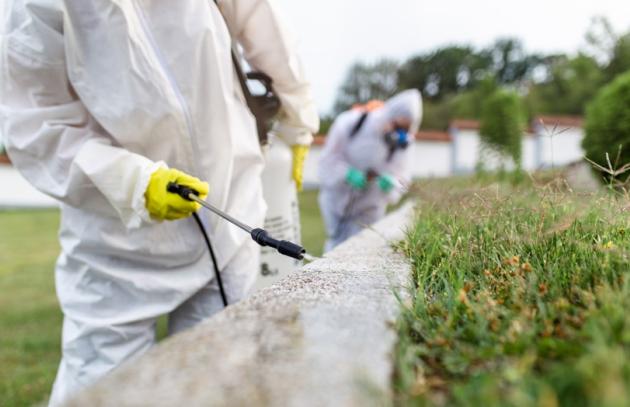
Hire only licensed pest exterminators.
Use a pest exterminator only as a last resort if you face a serious situation. If you’re not able to hire an exterminator, use self-contained baits and traps in your home. They keep toxic pesticides contained far better than sprays, dusts or bombs.
Prevent Toxic Chemical Exposures in Your Community

Reduce fossil fuel emissions.
Drive less to reduce emissions, which improves air quality. Instead, carpool, take public transportation, bike or walk.
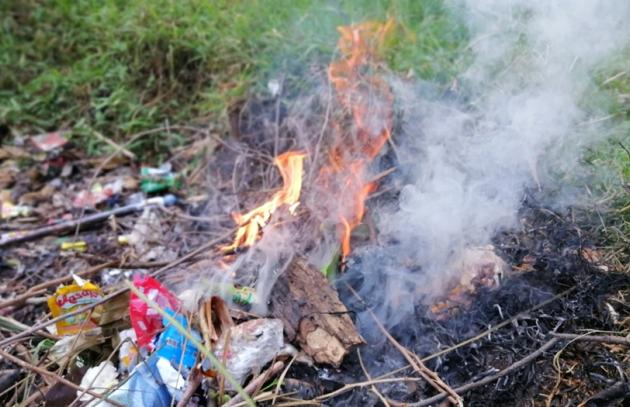
Never burn trash.
Furniture, tires and plastics are among the worst polluters when burned.
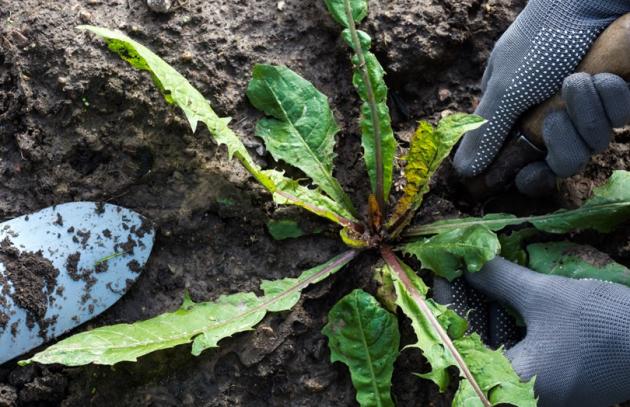
Don’t use pesticides or herbicides.
For more resources, see Beyond Pesticides.
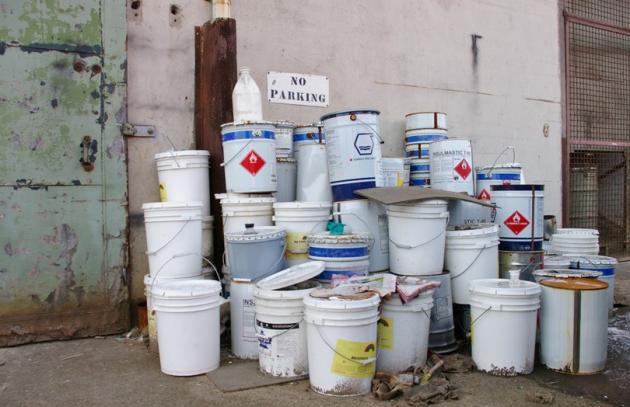
Never put toxic substances down drains or toilets.
This includes car oil, pesticides, paints, solvents and medicine. Your local health department or landfill site can provide tips on how to safely dispose of these pollutants.
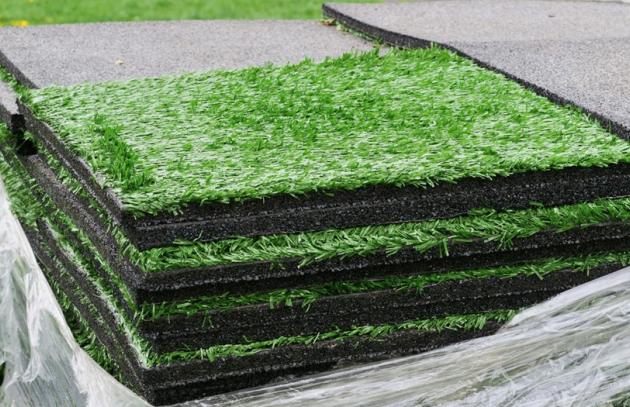
Avoid synthetic turf.
Crumb rubber, often used under the grass, can be made from recycled tires, which contain lead and other harmful substances. Plastic grass can contain PFAS. More information can be found at healthyplayingsurfaces.org.

If you play sports on synthetic turf, take special care.
After playing on synthetic turf, leave sneakers or cleats outside your home, shower immediately, and wash clothes separately from other laundry. Never place food or drink - even in sealed containers - on synthetic turf.
Prevent Toxic Chemical Exposures at Work
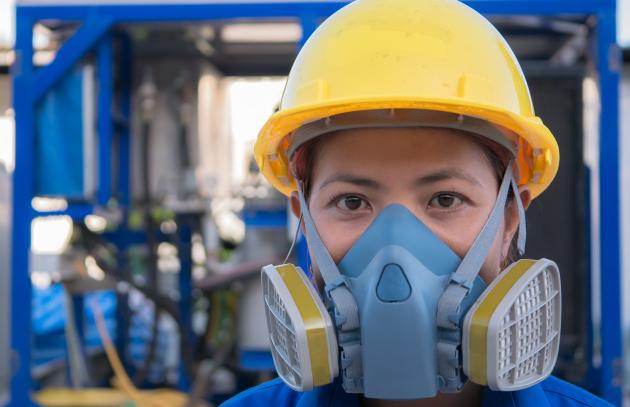
Find out which chemicals you may be exposed to.
Ask your employer for Safety Data Sheets (SDS) for chemicals you are exposed to at your workplace. Read the Occupational Safety and Health Administration's (OSHA) information on Chemical Hazards and Toxic Substances and look up information on specific chemicals on ChemHAT.org.
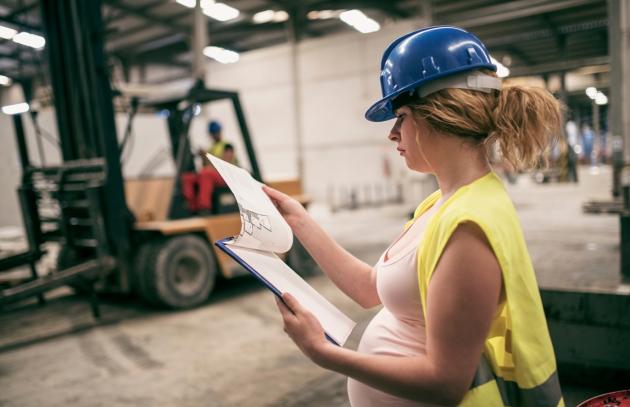
You have rights.
Request a change in duties if you are pregnant and exposed to toxics. Talk to your health care provider, union representative, safety and health specialist or supervisor for guidance if you are pregnant or planning to become pregnant and are exposed to one or more toxic chemicals at work. Read about the Pregnant Workers Fairness Act for more information.
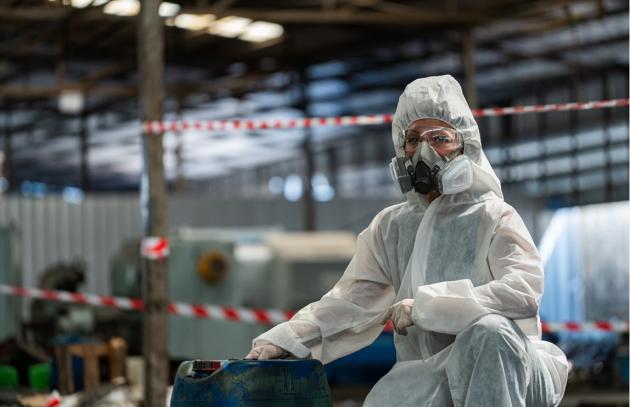
Always use appropriate PPE properly.
PPE is considered a last resort when you are unable to eliminate the exposure. The appropriate personal protective equipment (PPE) depends on the toxic chemical you are exposed to, but may include coveralls, goggles, NIOSH certified N95 or N99 masks and gloves.
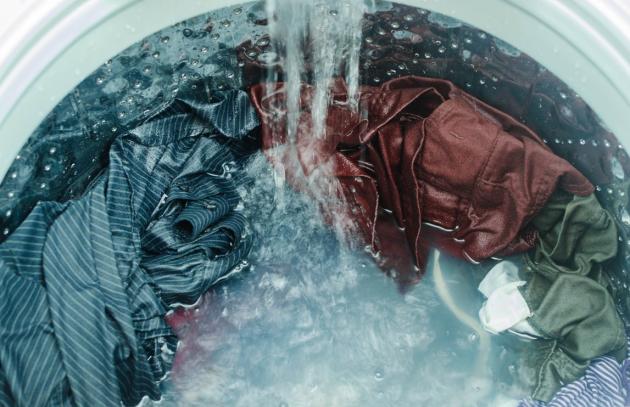
Change clothes and shower before leaving work or when you get home.
If you or anyone you live with works with toxic chemicals, change clothes and shower at work if possible. If not, do so immediately upon arrival at home. Work clothes should be washed separately from family laundry, with hot water.
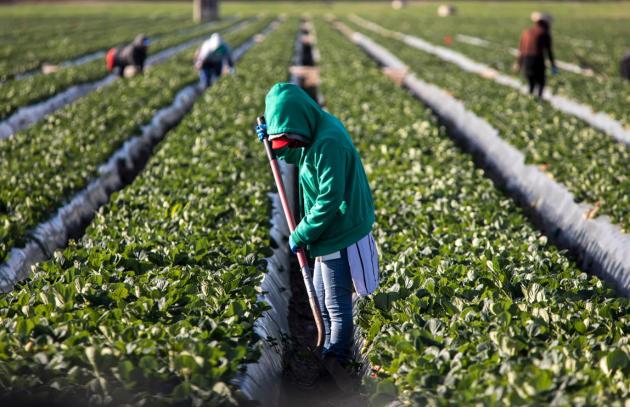
Learn how farmworkers can reduce pesticide exposures.
There are resources with detailed information available in many languages. Read UC Berkeley's School of Public Health information on pesticide safety.
3 Things You Can Do TODAY
to Reduce Toxic Chemical Exposures

Learn more by following PRHE's social media and blog.
X (formerly Twitter): @UCSF_PRHE
Facebook: @UCSF.PRHE
Instagram: @ucsf_prhe
YouTube: @UCSFPRHE
Blog: prheucsf.blog
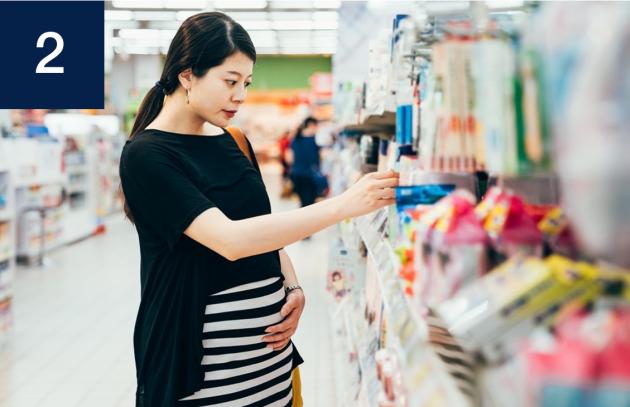
Be a smart consumer.
Avoid non-sustainable and non-durable products. Choose alternatives to plastic products or products packaged in plastic and ask businesses you frequent to use sustainable packaging.

Get involved with groups working to reduce toxics and prevent pollution.
Doing some great work are: Collaborative for Health and the Environment, Earthjustice, Environmental Working Group (EWG), Natural Resources Defense Council (NRDC), Silent Spring, Toxic Free Future, and WeACT for Environmental Justice.
3 Ways to Make Government Work for You
Individual actions can reduce some exposures to toxic chemicals, but they cannot prevent major sources of pollution. To really solve the problem of toxic exposures, we need public policies that stop toxic chemicals from entering our air, water, food and products. That means identifying health risks posed by toxic chemicals, phasing out their use, and replacing them with alternatives that are safer for health and the environment.

Register to vote.
Learn how to register so you can vote in federal, state, and local elections at usa.gov.

Let your representatives know what you think.
Find contact info for your state and federal representatives at usa.gov.

Support efforts to reduce toxics and prevent pollution.
For examples of effective environmental policies, check out Children's Environmental Health Network's Recent Policy Statements.
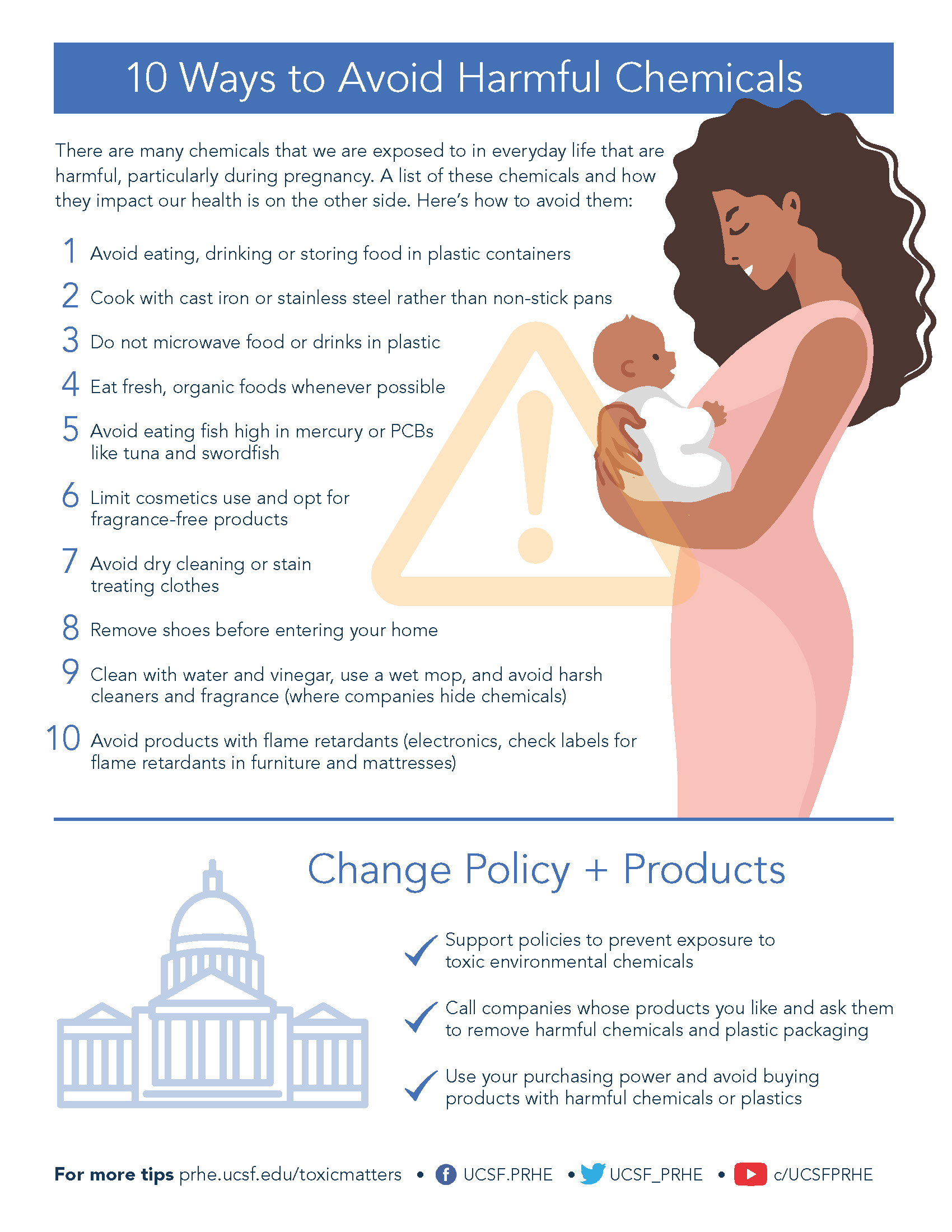
10 Ways to Avoid Toxic Chemicals
Learn which common chemicals to avoid and share our 10 easy tips to reduce harmful exposures.
Toxic Matters Resources
The California Safe Cosmetics Act requires companies that manufacture cosmetics to report any cosmetics products that contain ingredients known or suspected to cause cancer, birth defects, or other reproductive harm. The California Safe Cosmetics Program collects this data and makes it available to the public through its website.
Links to smoking cessation programs for adults and teens, as well as tips for parents on talking to your kids about not smoking.
Environment California is a citizen-based environmental advocacy organization that offers a variety of reports on environmental health topics, including: Toxic Baby Furniture: The Latest Case for Making Products Safe from the Start; The Right Start: The Need to Eliminate Toxic Chemicals from Baby Products; and Toxic Toys.
Booklet Help for Smokers and Other Tobacco Users provides advice on quitting smoking and other tobacco products.

Toxic Matters was created by the Program on Reproductive Health and the Environment in consultation with the EaRTH Center and the Western States Pediatric Environmental Health Specialty Unit.


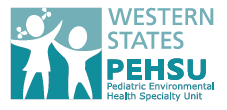
We thank the following organizations for their support:

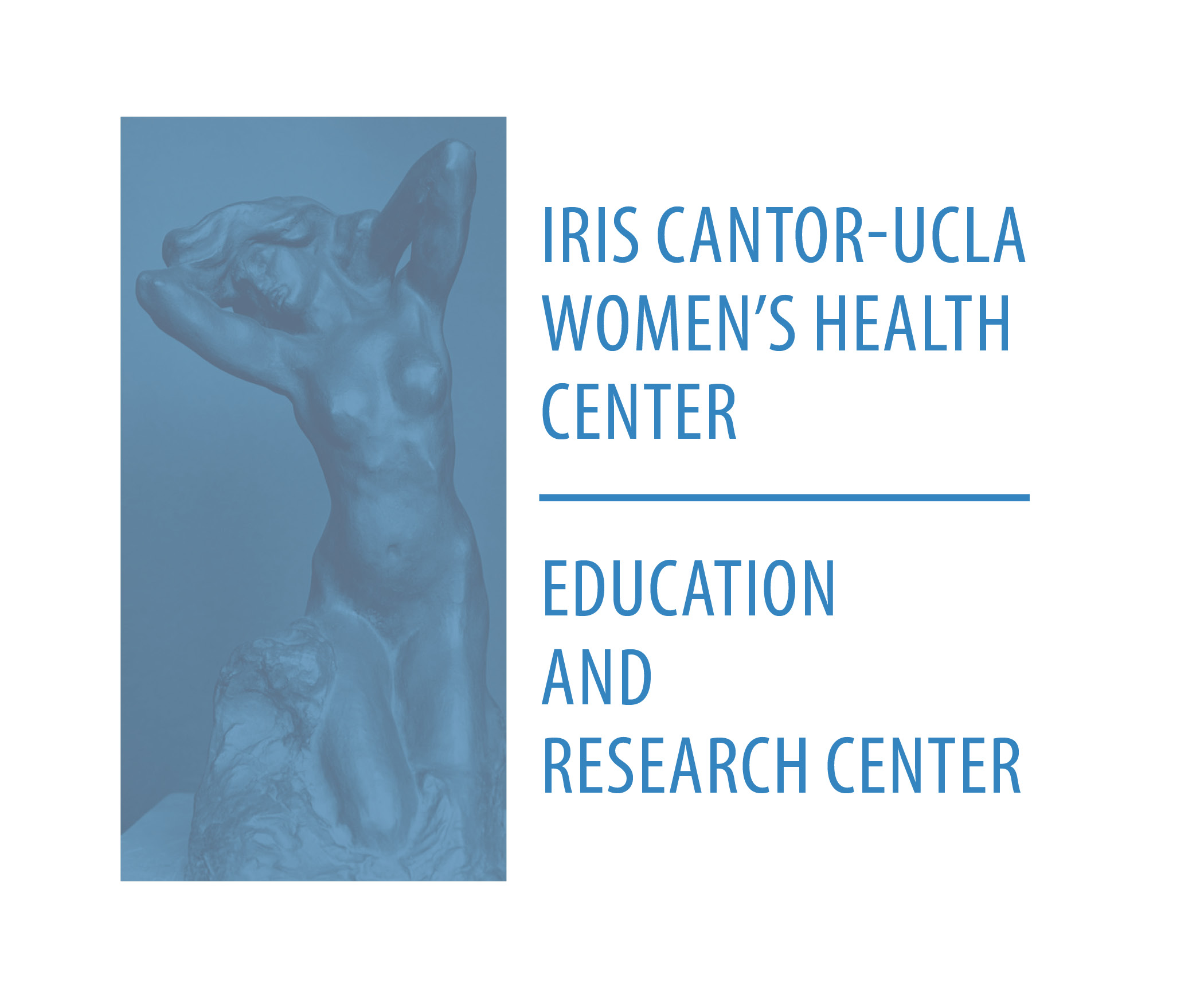

© Copyright 2013 The Regents of the University of California
